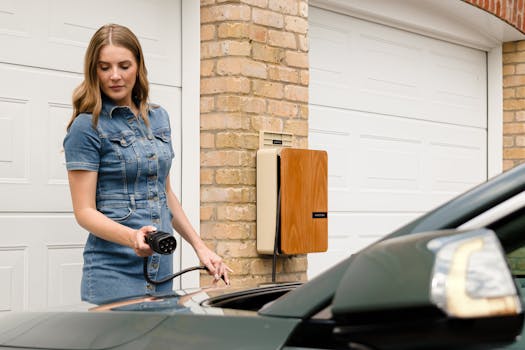
Smart Homes and Smart Living: The Technological Transformation of European Homes by 2025
Introduction to Smart Homes and Smart Living
Smart Homes and Smart Living is the focus keyword for this article, which explores the rapid evolution of European homes, driven by technological innovations and shifting consumer preferences. The concept of smart homes and smart living encompasses a wide range of cutting-edge solutions, from voice-controlled assistants and automated lighting systems to energy-efficient appliances and advanced home security features.
Key Features of Smart Homes
Some of the key features of smart homes include:
- Energy management systems that optimize energy consumption and reduce waste
- Automated lighting and temperature control systems that adapt to occupancy and external conditions
- Advanced home security systems that integrate surveillance cameras, motion detectors, and alarm systems
- Voice-controlled assistants that enable seamless control over various smart devices
- Smart appliances that can be controlled and monitored remotely, enhancing convenience and efficiency
Trends and Innovations in Smart Homes
The smart home market is witnessing rapid growth, driven by advancements in technologies such as the Internet of Things (IoT), artificial intelligence (AI), and 5G networks. Some of the emerging trends and innovations in smart homes include:
- Integration of smart home devices with wearables and mobile devices, enabling seamless control and monitoring
- Use of AI and machine learning algorithms to optimize energy consumption, predict maintenance needs, and enhance home security
- Development of smart home platforms that enable interoperability between different devices and systems
- Increased focus on sustainability and energy efficiency, with the adoption of renewable energy sources and eco-friendly materials
Challenges and Opportunities in Smart Homes
While smart homes offer numerous benefits, there are also challenges and opportunities that need to be addressed. Some of the key challenges include:
- Interoperability and compatibility issues between different devices and systems
- Cybersecurity risks and data privacy concerns
- High upfront costs and limited accessibility for low-income households
- Need for standardized protocols and regulations to ensure safety and efficiency
On the other hand, the smart home market presents significant opportunities for innovation, investment, and growth, with the potential to transform the way we live, work, and interact with our surroundings.






